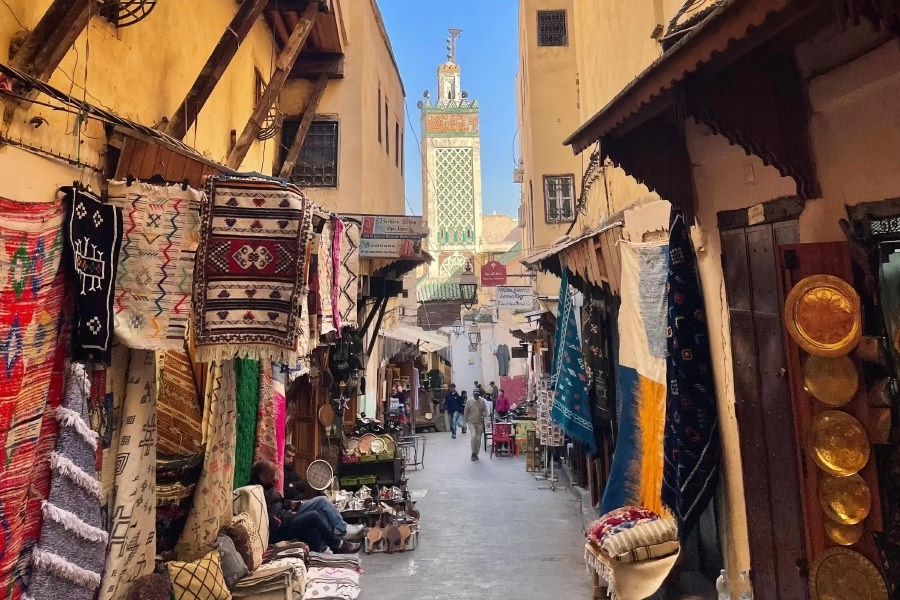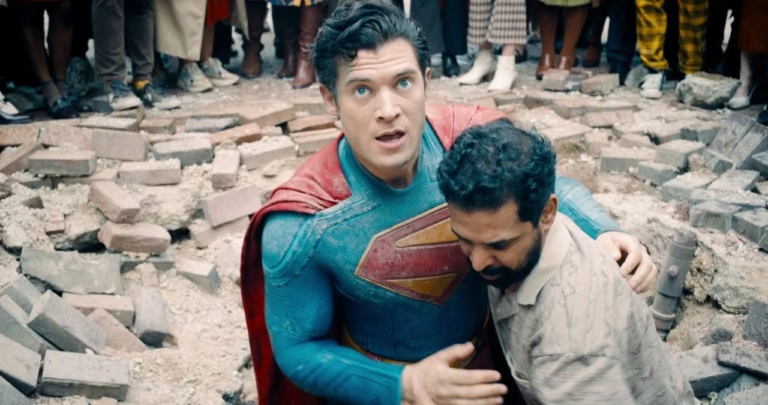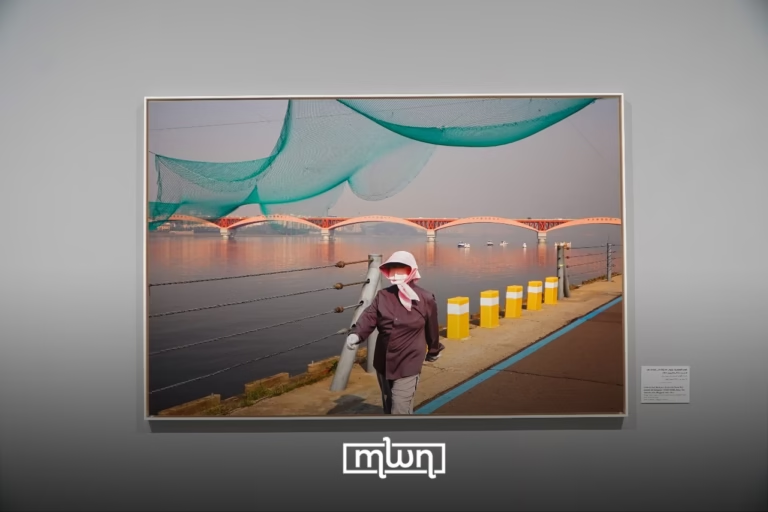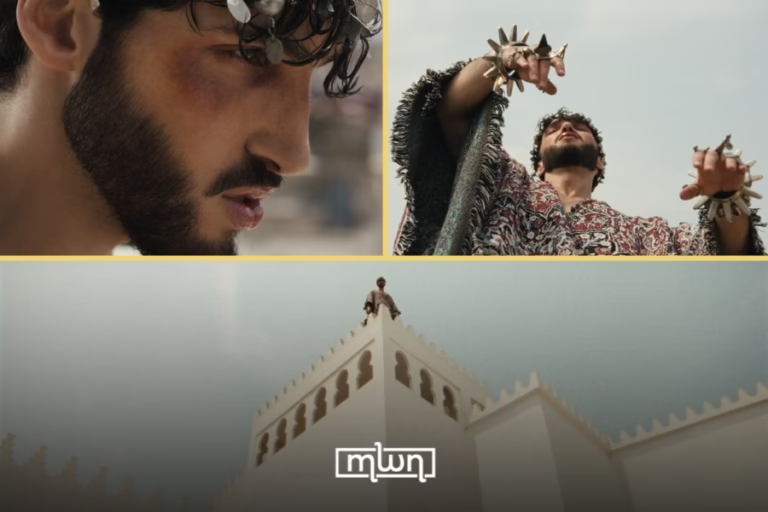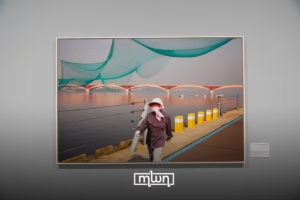A new cultural initiative in Fez is breathing life into centuries-old buildings.
Fez – Fez is bringing life back to its historic core, not with nostalgia, but with a clear-eyed vision of cultural revival.
In the heart of the medina, once-vacant “fondouks” (traditional trade inns) are being transformed into living, breathing creative spaces under a bold new initiative known as the “Five Senses” project.
Launched by the Wilaya of Fez in partnership with local artisans and cultural stakeholders, the plan aims to activate dozens of historical buildings that were restored over the past decade but have remained largely unused.
With over 3 billion MAD (approximately $300 million) invested in the rehabilitation of the medina’s architectural heritage, the project now shifts its focus from preservation to animation.
At the core of this initiative is a sensory experience, quite literally. The “Five Senses” name isn’t poetic branding; it reflects the concept.
Visitors will be invited to smell distilled roses, taste traditional cuisine, feel the textures of handcrafted leather, hear the rhythms of Andalusian music, and see the intricate beauty of Moroccan calligraphy and copper engraving.
These are not passive museum exhibits. The goal is full immersion, where tourists don’t just observe craftsmanship, but try it with their own hands.
The first major activation is scheduled for 22 October, coinciding with the 44th anniversary of Fez being named a UNESCO World Heritage Site.
It will mark the beginning of a year-round cultural program designed to turn the medina into an open studio and a magnet for both tourists and young creatives.
“This isn’t about creating spectacles,” said project architect Leïla Skalli. “It’s about reestablishing the fondouks as public spaces for exchange, between generations, between disciplines, between Fez and the world.”
Workshops will be held in collaboration with seasoned craftspeople, many of whom are masters in trades such as leather tanning, wood carving, copperwork, and floral distillation.
Read also: The Forgotten Military Legacy Behind Bab El Makina in Fez
Through these sessions, young apprentices can learn ancestral techniques, while international visitors can gain hands-on access to the city’s intangible heritage.
The city is also thinking long-term. With AFCON 2025 and the 2030 FIFA World Cup on the horizon, Fez is preparing not just to host, but to captivate.
By offering immersive experiences rooted in authenticity, officials hope to increase the average visitor stay from just over a day to nearly three.
During a recent visit to Fez by Granada’s mayor, Marifrán Carazo, local officials emphasized the shared legacy between the two cities. A pop-up exhibition at “Dar Rassif” traced their cultural parallels, from music and architecture to artisanal traditions.
It was a reminder that Fez, while deeply Moroccan, is also a node in a much wider cultural network.
The “Five Senses” project isn’t just about reviving buildings. It’s about reviving purpose, turning stone walls into spaces of invention, encounter, and renewal.
In Fez, heritage isn’t frozen in time; it’s something you can touch, taste, and take part in.

